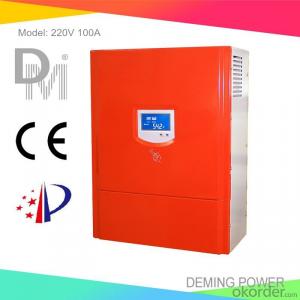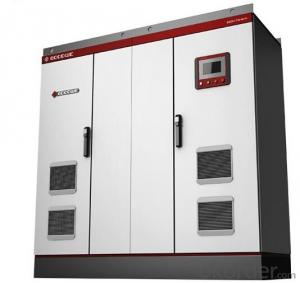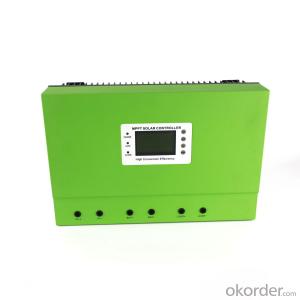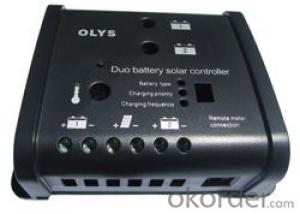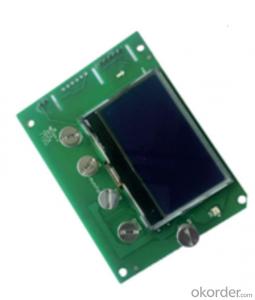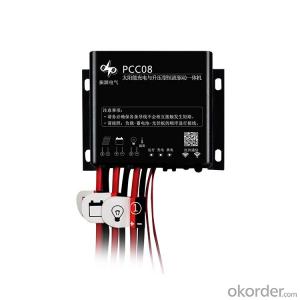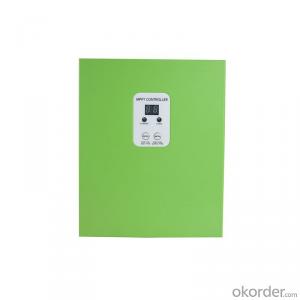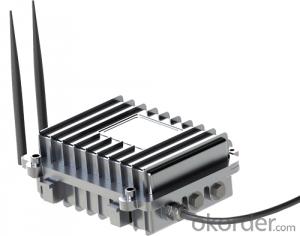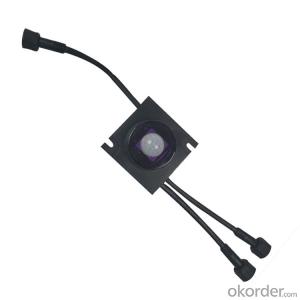Mastervolt Solar Inverter
Mastervolt Solar Inverter Related Searches
Powermax Solar Inverter Microtek Solar Inverter Microgrid Solar Inverter Solar Solar Inverter Smart Inverter Solar Power Solar Inverter Smart Solar Inverter Maxpower Solar Inverter Thunderbolt Solar Inverter Smart Solar Power Inverter Micro Solar Inverter Battery Solar Inverter Inverter Solar Solar Battery Inverter Solar Smart Inverter Solar Photovoltaic Inverter Sunpower Solar Inverter Microtek Mppt Solar Inverter Solar Plant Inverter Power Inverter Solar Solar Module Inverter Solar 120v Inverter Solar Energy Inverter 120v Solar Inverter Solar Converter Inverter Micro Inverter Solar Powerland Solar Inverter Sunshine Solar Inverter Battery Inverter Solar Household Solar InverterMastervolt Solar Inverter Supplier & Manufacturer from China
Mastervolt Solar Inverter is a high-quality product designed to efficiently convert solar energy into usable electrical power for various applications. This advanced inverter system is engineered to provide reliable and consistent power supply, making it ideal for a wide range of uses, including residential, commercial, and off-grid applications. The product's versatility and efficiency make it a popular choice among those seeking to harness the power of the sun for their energy needs.The Mastervolt Solar Inverter is widely used in various scenarios, such as powering homes, businesses, and remote locations where access to traditional power sources may be limited or unreliable. Its ability to convert solar energy into a stable and usable form of electricity makes it a valuable asset in the growing field of renewable energy. By utilizing this inverter, users can reduce their reliance on fossil fuels and contribute to a more sustainable future.
Okorder.com is a reputable wholesale supplier of the Mastervolt Solar Inverter, boasting a large inventory to meet the demands of customers worldwide. By partnering with Okorder.com, customers can expect to receive top-quality products at competitive prices, ensuring that their solar energy needs are met with efficiency and reliability. With a commitment to customer satisfaction and a focus on providing the best possible products, Okorder.com stands out as a trusted source for the Mastervolt Solar Inverter and other renewable energy solutions.
Hot Products
